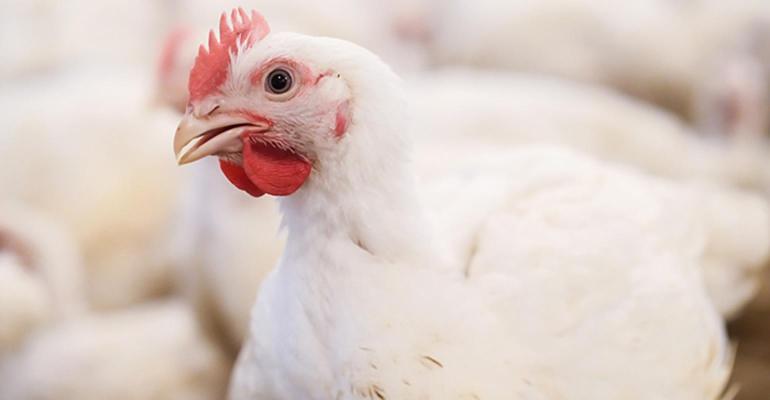Inflation clouded everything this year, for consumers and operators alike. On the operator side, some commodity prices were at their highest levels in decades, forcing average menu price increases up by over 8% just to maintain margins.
Commodities are always volatile, but this year was a vortex.
“Inflation this year has been as steep as I’ve ever seen it in my career,” said David Maloni, principal at Datum FS. That career spans over 25 years in the foodservice supply chain space, including distribution sales and forecasting. About a year ago, Maloni bought a coffee and pastry concept in Sarasota, Florida, and became an operator as well. Coincidentally, coffee and eggs were two of the most expensive markets this year, and breakfast inflation overall has ticked up above 30%.
In other words, he’s craving cost-of-goods relief just like everyone else. And for the most part, his forecasts look promising. Sort of.
“Generally, we should see things like chicken, eggs and maybe dairy come down a bit. There will be opportunities for lower price levels throughout most of 2023 for many commodity-based products,” Maloni said. “The expectation is to see some softening for the industry.”
Much of that softness is expected to come from robust corn, soybean and wheat (feed) productions. Maloni said soybean production is expected to be 20% higher in 2023 – weather permitting – and when those crops come in August and September, “we should have much better supplies and prices.” That said, it won’t all be rosy. Cattle future prices are expected to rise by double digits in 2023 due to drought and a smaller herd. Maloni said beef is his “biggest concern” over the next couple of years because suppliers are going to be limited. That flips the script on what has happened in 2022, when beef prices have been one of the exceptions (up single digits) to otherwise historically high inflation.
In other words, supply chain pressures will remain for some and perhaps dissipate for others. Of course, the industry’s big-picture narrative always differs by segment, and this is no different. What is different now, however, is the need for the industry to better prepare for challenging environments like this one. Maloni said that has started to happen, but plenty of opportunity remains.
“The industry is becoming better at combating things like volatile weather. Technology and farming have come a long way in the last 20 years. With GPS technology, harvesting can be done much, much faster, there are different seed varieties – practices have just gotten better all around and yields typically get better each year,” Maloni said. “That has combatted some volatility. The industry is learning and adjusting.”
That’s not to say there won’t be pressures and this year underscores as much. But if this year taught us anything, it’s that mitigation to such food cost pressures is more critical than ever, particularly as such cost pressures come from more sources, like construction and labor. We can’t just depend on technology advances on the farming side, either. Maloni’s biggest recommendation at the operator level is to be flexible with the menu, including pricing.
“Menu shifts should be a mitigation tactic for high inflation, but the challenge is a lot of restaurants don’t have digital menu boards. We have digital menu boards and can change pricing in 5 minutes, but a lot of independents don’t, so menu featuring, engineering and pricing needs to be a part of the plan,” he said.
There are also plenty of buying groups out there that independent operators should be a part of, he said. These groups might not be able to help with main items, but they can perhaps generate some rebates with ancillary items like straws or ketchup.
That said, even with dozens of mitigation plans in place, Maloni said the cure for high prices is always high prices and that became clear this year with menu costs. But consumers have a threshold before they stop coming all together and that’s where perspective comes into play.
“I believe high prices make us better and make us look at things differently and dig and grind for better margins. We did this with labor. It got more expensive this year so one of the things we did was look at our data and realize there was no reason for us to be open from 4 to 5 p.m. We didn’t do any business in that hour, and it wasn’t worth it,” Maloni said. “Would we have considered closing during that hour if labor wasn’t so high? Probably not. This environment has made it necessary for us to find ways to operate more efficiently. We are getting better at what we do.”
Contact Alicia Kelso at [email protected]





